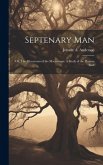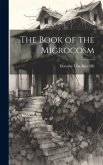The question as to the nature of war, whether evolutionary or revolutionary, as been a subject of some debate since William S. Lind and his associates introduced the concept of Fourth Generation Warfare in 1989. The adaptive and evolutional nature of warfare is demonstrative in an examination of Detachment 101. Detachment 101 was initially a small American clandestine unit assigned to South-East Asia during World War II, under the auspices of the Office of Strategic Services, which morphed into a combat unit that greatly aided the Allied advance into Burma. The objectives of this paper are twofold. The first is to show how the Americans successfully adapted and evolved tactics and strategies to use the military potential of the stateless people in Burma, in particular the Kachin people, against the Japanese during the Second World War. In particular, this paper will show the evolution and adaptation to battle-area needs by the detachment, and the importance of addressing humanitarian concerns when operating with indigenous units. The second goal is to examine the nature of combat in Burma as conducted by Detachment 101, to demonstrate the evolutional nature of warfare.








